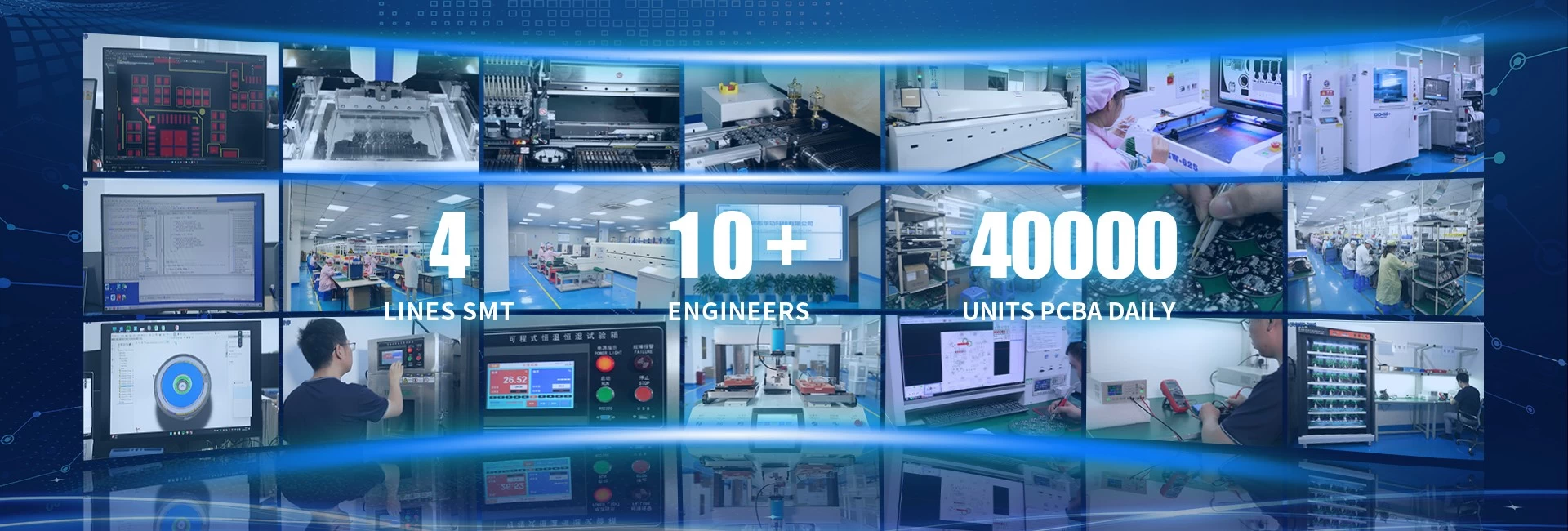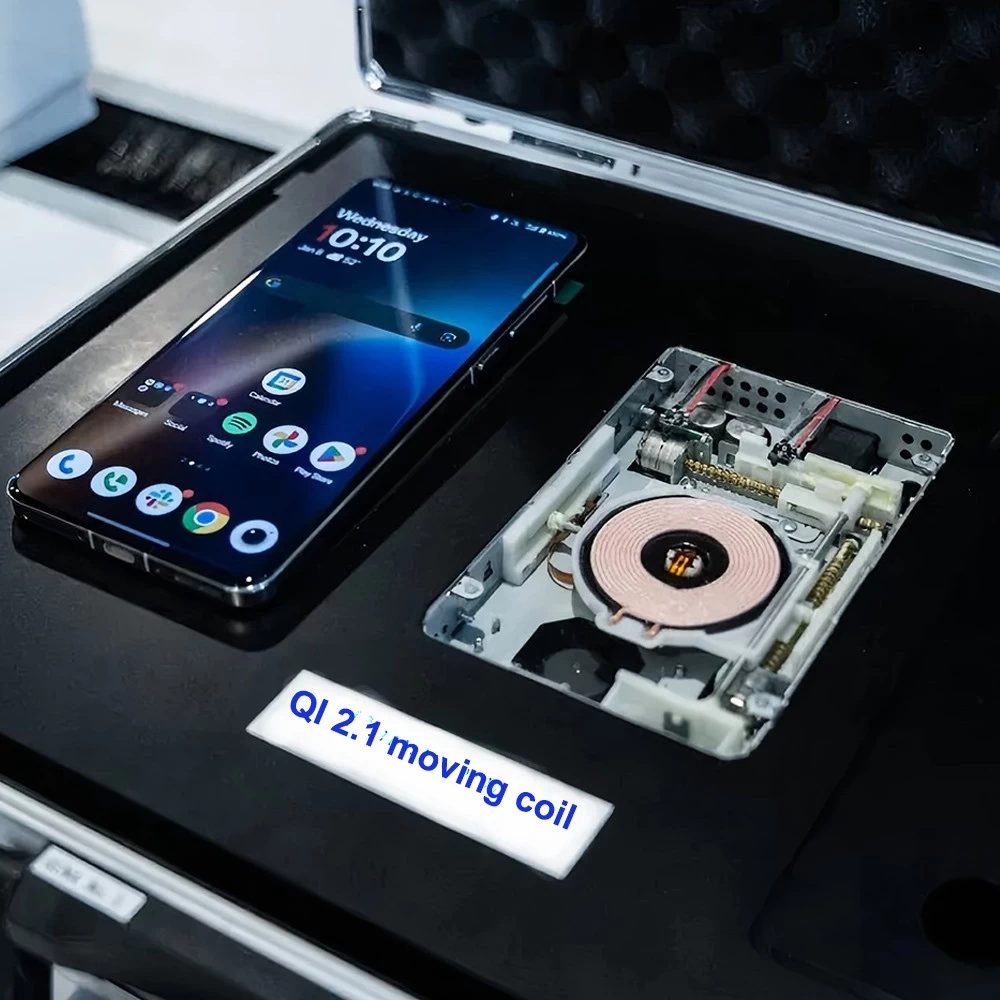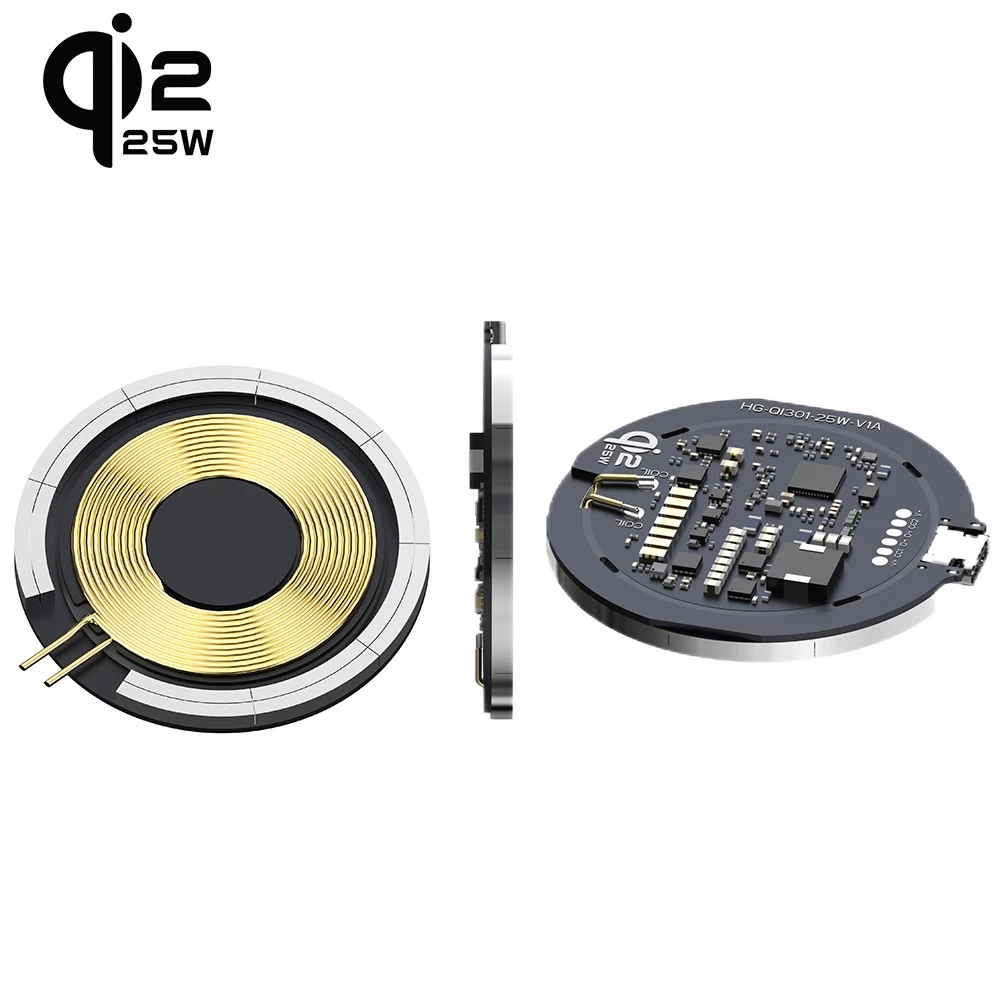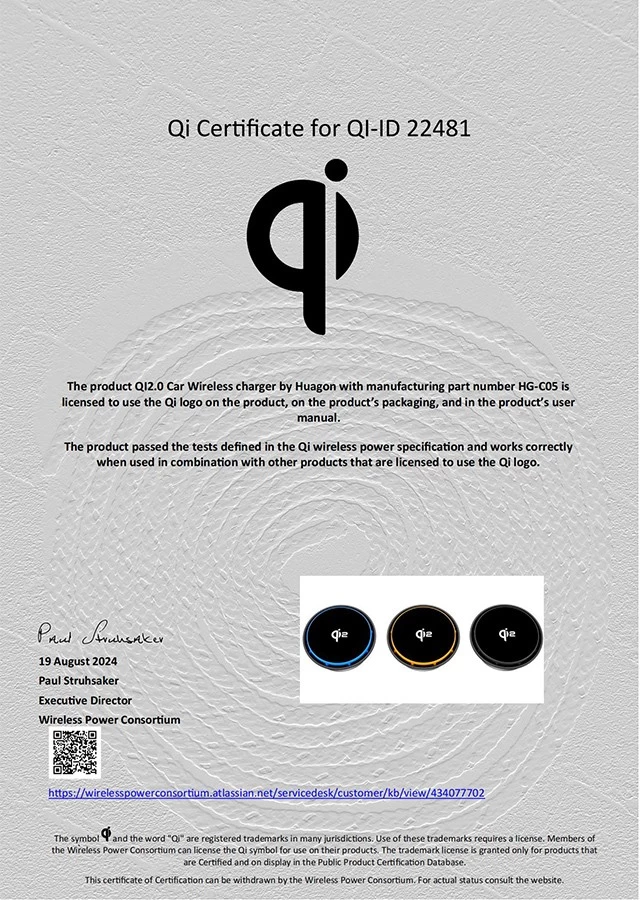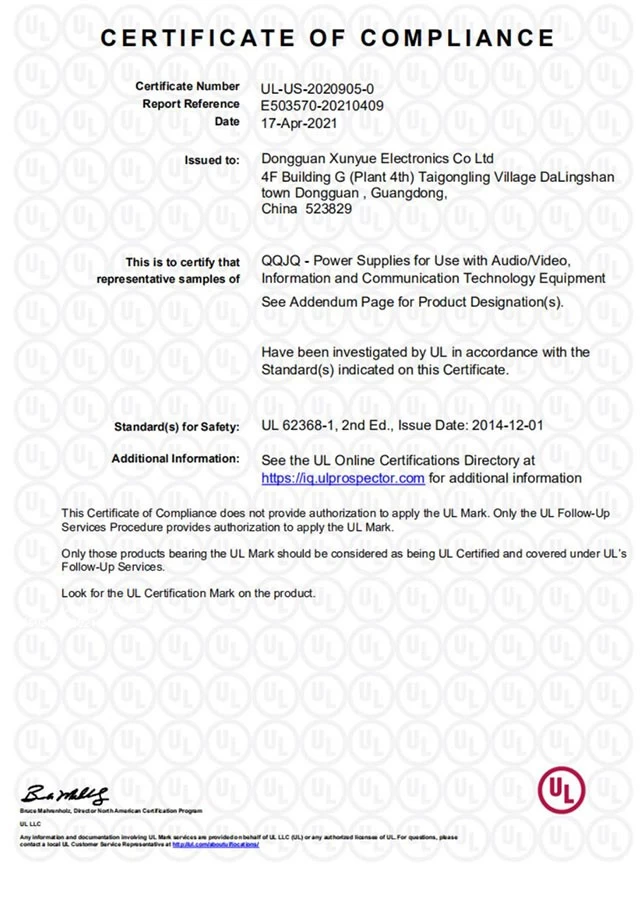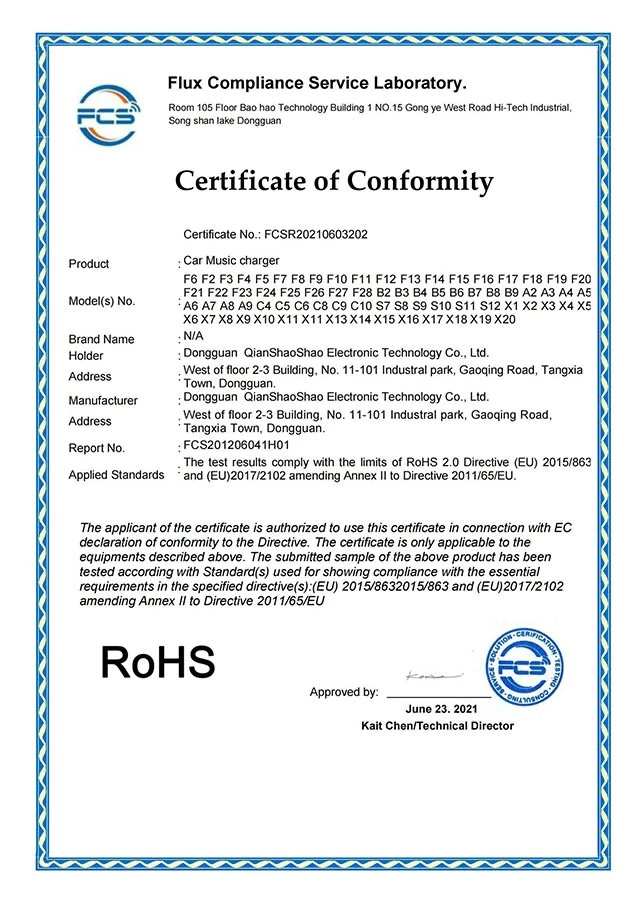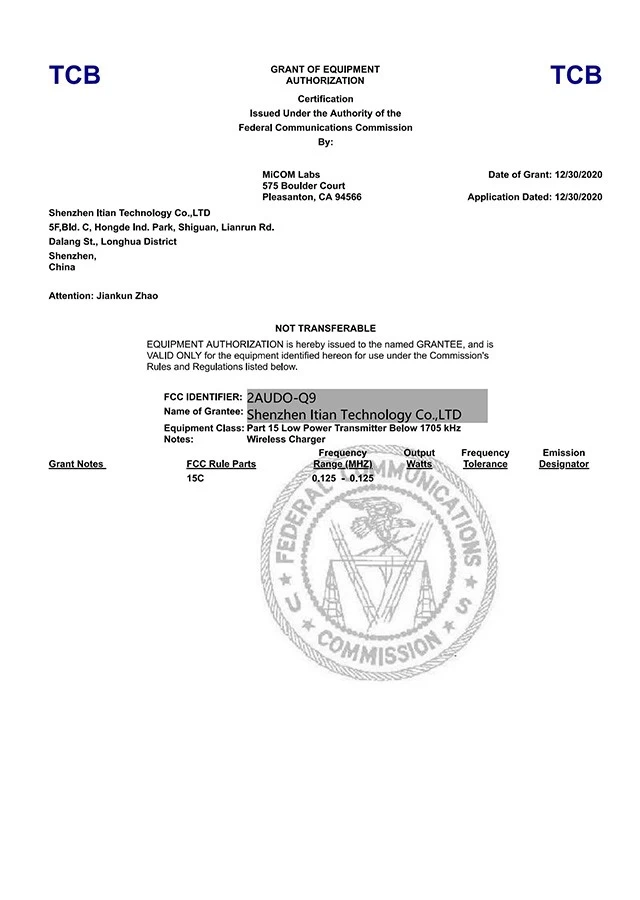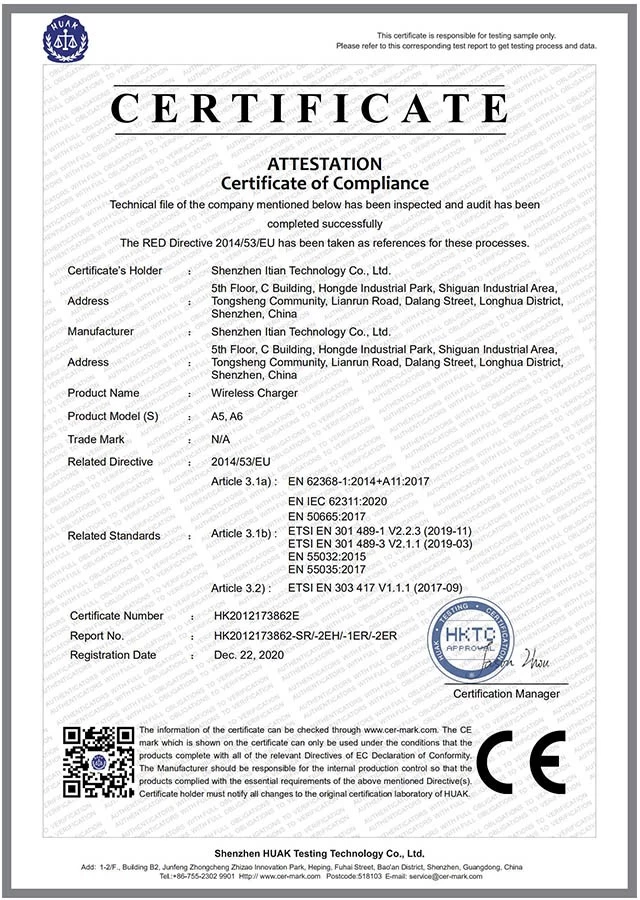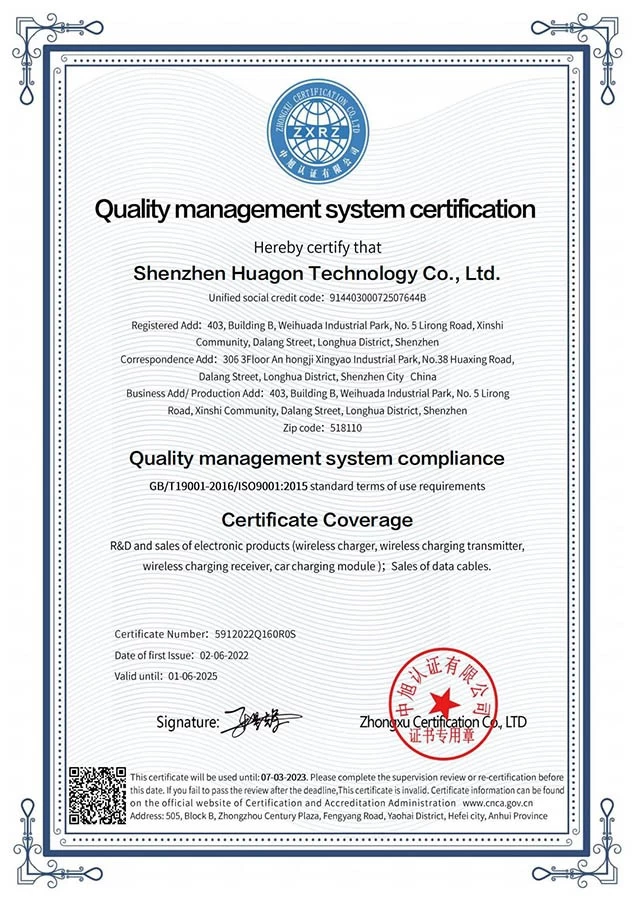SMT, the foundation of mass productio of wireless charging
Shenzhen Huagon Technology Co., Ltd. is located in Dalang Longhua District, Shenzhen. With a history of ten years, we are an innovative service-oriented enterprise focusing on providing all-round customized services.
The company is mainly engaged in the R & D and production of wireless charging PCBA, wireless charger, vehicle mounted wireless charger, furniture wireless charger, wireless transmitter & receiver and mobile power supply.

We have a strong team of wireless charging engineers, a dust-free SMT factory, an assembly production line. First, let's take a tour of our SMT factory prodution process:
1. Supply of boards
The printed circuit board is designed and manufactured for a specific control function, and the correctness of the printed circuit board is confirmed during the board assembly process.Generally, the PCB surface silkscreen number is used for verification.
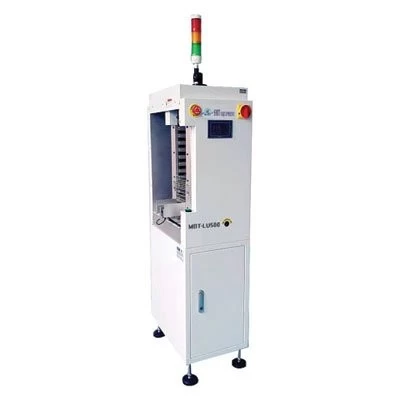
2. Printing solder paste
Solder paste is usually stored in a refrigerator at a suitable temperature. Before use, it should be taken out of the refrigerator and thawed to room temperature before being stirred until it is uniform and smooth.After printing, it will be checked to ensure that the solder paste is evenly printed on the PCB pads, without collapsing or spreading on the PCB surface. This ensures that the reflowed solder components are in good condition and that there are no loose solder balls on the board surface.
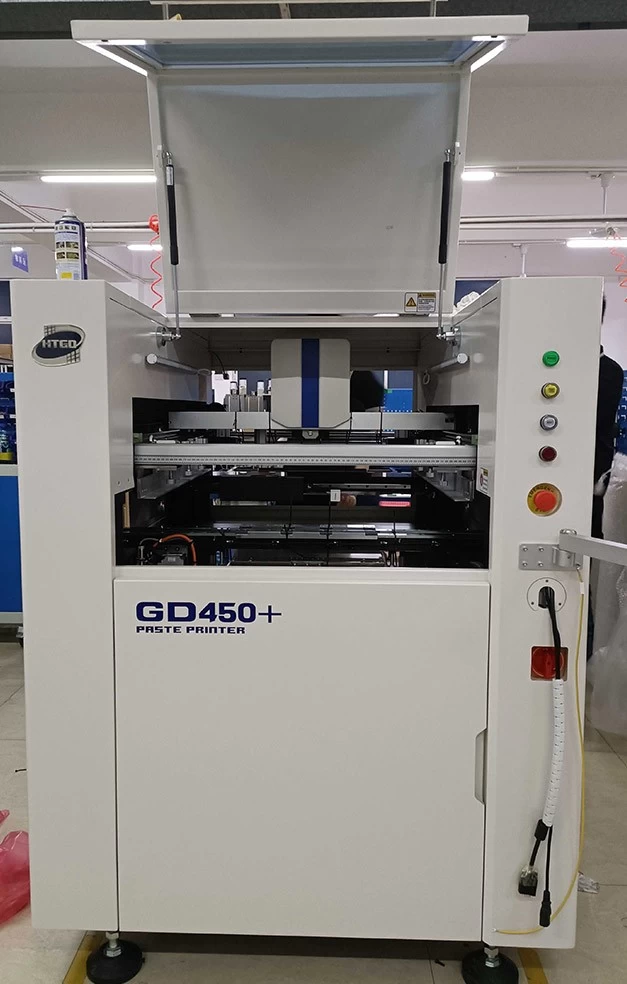
3. Mounting SMT components
The placement of SMT components mainly controls the correctness and placement quality of components.(1) Control of component correctnessUse the correct model and version of the alignment table to verify the material location, material name, and material number. Only when all are consistent can the material be loaded onto the feeder and placed in the corresponding station of the unit.(2) Control of mounting qualityThe production technician adjusts the unit placement quality according to the customer's quality standards, and the production line operators conduct a comprehensive inspection and provide feedback on poor placement information to the production technician. The unit is then adjusted again until it meets the customer's quality standards.

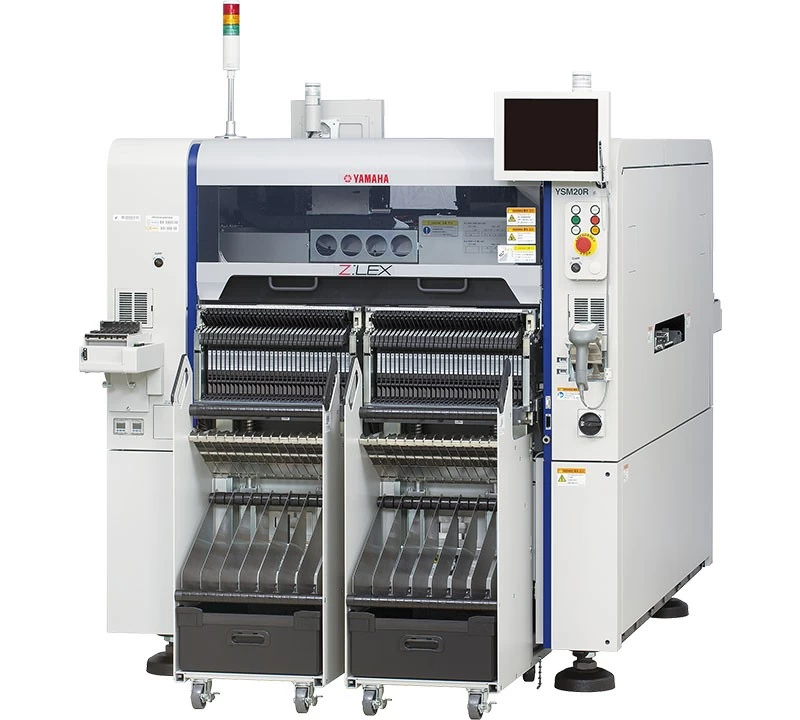
4. Reflow curing (or soldering)
After the semi-finished products with SMT components that have been mounted are inspected by the production line operators, the solder paste is melted in the reflow soldering furnace.Reflow soldering is the process of soldering components to a PCB using solder paste on one of the mounting surfaces.The temperature conditions required for reflow soldering are set by the PCB material, PCB size, component weight, and solder paste type.Before putting the semi-finished product into production, it is necessary for production technicians toConfirm the furnace temperature and guide the density and direction of the plate placement.

5. Check
The production line operators comprehensively inspect the quality status of semi-finished products according to customer quality standards, identify and record the number of defects, and promptly report them to the production manager. They also liaise with production technicians and quality personnel in a timely manner to analyze the causes of the defects and make improvements to control them.
6. Test
If customers require testing of SMT semi-finished products to confirm component placement quality and performance, all semi-finished products need to be tested using an ICT test machine.For any defects, the relevant departments need to analyze the causes in a timely manner, make improvements, and track the progress of the complete improvement.
7. Packaging
According to the customer's packaging requirements, the finished products are properly packaged using packaging materials and methods that meet the customer's requirements.

